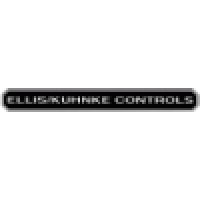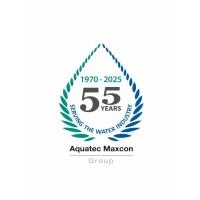
Ellis Kuhnke Controls
Welcome to Ellis/Kuhnke Controls! Ellis Kuhnke Controls is both a manufacturer and a distributor of pneumatic industrial controls. Our company has been in business since 1962. We manufacture and distribute a complete line of primarily pneumatic control devices. These include pneumatic timers, indicators, counters, valves, cylinders, regulators, rotary actuators and various fittings.






